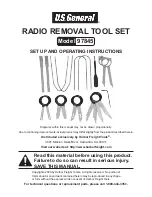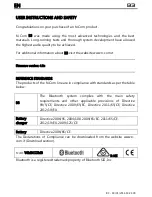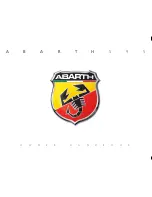
340
SAFETY
Crew Cab And Mega Cab
The seat belts in the passenger seating positions are
equipped with either a Switchable Automatic Locking
Retractor (ALR) or a cinching latch plate or both. Both
types of seat belts are designed to keep the lap portion of
the seat belt tight around the child restraint so that it is not
necessary to use a locking clip. The ALR retractor can be
“switched” into a locked mode by pulling all of the webbing
out of the retractor and then letting the webbing retract
back into the retractor. If it is locked, the ALR will make a
clicking noise while the webbing is pulled back into the
retractor. See the “Automatic Locking Mode” description
page 322 for additional information on ALR. The
cinching latch plate is designed to hold the lap portion of
the seat belt tight when webbing is pulled tight and
straight through a child restraint’s belt path.
Please see the table below and the following sections for
more information.
Lap/Shoulder Belt Systems For Installing
Child Restraints In This Vehicle
Regular Cab Automatic Locking Retractor (ALR) Locations
Mega Cab/Crew Cab Automatic Locking Retractor (ALR)
Locations
ALR — Switchable Automatic Locking Retractor
Top Tether Anchorage Symbol
Cinching Latch plate — Cinching Latch plate
ALR — Switchable Automatic Locking Retractor
Top Tether Anchorage Symbol
Frequently Asked Questions About Installing Child Restraints With Seat Belts
What is the weight limit (child’s
weight of the child restraint) for using the
Tether Anchor with the seat belt to attach a
forward-facing child restraint?
Weight limit of the Child Restraint
Always use the tether anchor when using
the seat belt to install a forward-facing
child restraint, up to the recommended
weight limit of the child restraint.
Can the rear-facing child restraint touch the
back of the front passenger seat?
Yes
Contact between the front passenger seat
and the child restraint is allowed, if the
child restraint manufacturer also allows
contact.
23_DJD2_OM_EN_USC_t.book Page 340
















































